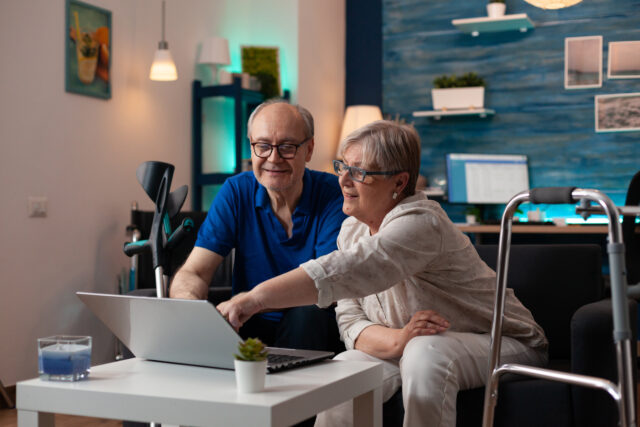
Estimating Disparities Using Structural Equation Models
Abstract
This paper advances an analytic approach to analyzing the full impact, both direct and indirect, of disparities by race, ethnicity and gender using structural equation modeling (SEM) and demonstrates its empirical application for adults ages 55-64 across a range of outcomes related to disability, Social Security Disability Insurance (SSDI) applications, and SSDI participation.
The paper found that:
- Based on survival analysis, non-Hispanic Blacks and Hispanics are at higher risk of becoming disabled than non-Hispanic whites, but conditional on being disabled, there is no substantial difference in the risk of applying for and receiving SSDI benefits by race and ethnicity. Women and men seem to follow similar patterns with respect to their risk of becoming disabled and applying for and receiving SSDI benefits.
- Focusing on the direct link only and controlling for demographic and socioeconomic factors, we find that the risk of becoming disabled or applying for SSDI benefits does not differ by race, ethnicity or gender. Accounting for both direct and indirect pathways, however, we find that all people of color are substantially more likely than non-Hispanic whites to become disabled and non-Hispanic Blacks are more likely to apply for SSDI benefits.
- Overall, the likelihoods of experiencing a new disability, being disabled, and receiving SSDI benefits are substantially and statistically significantly higher for people of color than for their non-Hispanic white peers. Additionally, non-Hispanic Black older adults have an elevated risk of applying for and taking up SSDI benefits.
- In contrast, even accounting for indirect links, differences between women and men remain limited, with women being somewhat more likely to be disabled but less likely to receive SSDI benefits.
The policy implications of the findings are:
- The application of SEM methodology can advance SSA’s understanding of the full impact of disparities by race, ethnicity and sex on a range of outcomes and demonstrate the extent to which traditional modeling approaches may misrepresent these disparities.







